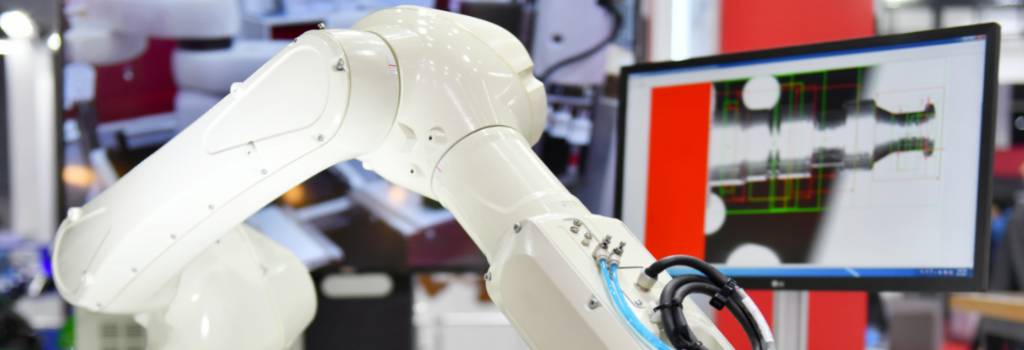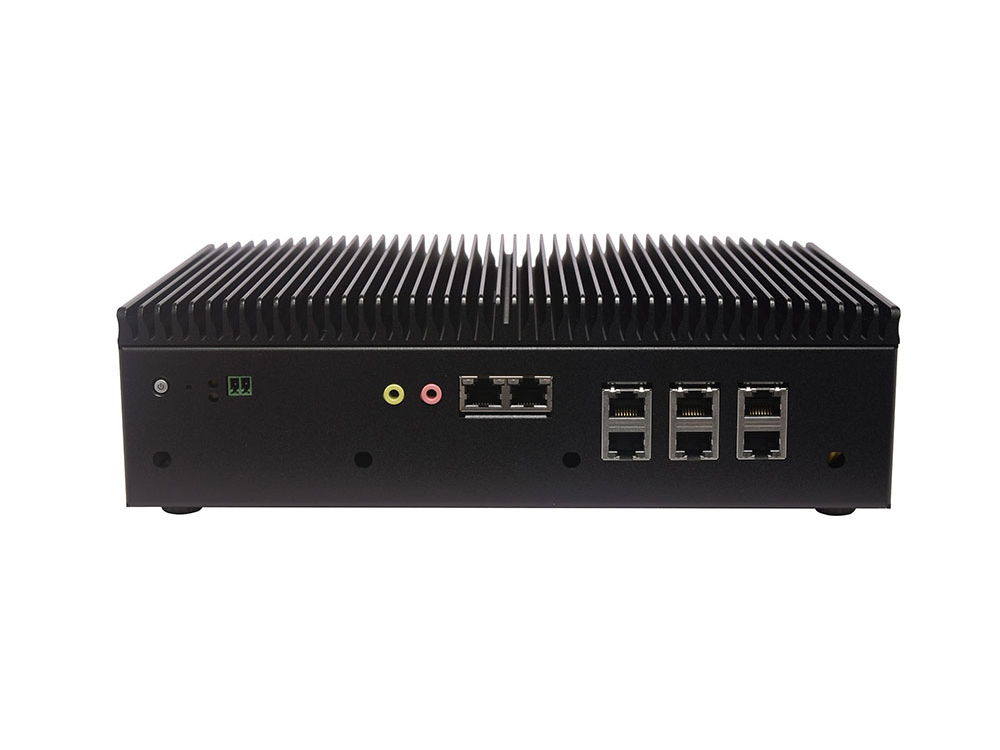Automation and data exchange are no longer optional industrial innovations. If an industrial organization wants to thrive, they need to reconsider their old Industry 3.0 habits.
It was around the 1990s that Machine Vision (MV) started to become a practical reality in the industry, especially within manufacturing environments. The advancements in other indirect technologies, from enhanced lighting, intelligent imaging systems, sensing, control, and especially computing, have helped MV systems transform into a practical reality.
Today, MV has evolved so much that it is considered the eye of industrial automation. Its imaging-based automated decision-making capabilities can benefit any industry, especially manufacturing with automatic visual inspection and quality control processes. But MV can also help in other environments such as strengthening surveillance and security, guiding collaborative robots, or even driving vehicles.
Where Our Eyes Can’t Go.
MV has been particularly useful for quality inspection in manufacturing environments, where the human eye needs help or is at risk. For example, MV can be used to inspect and identify defective industrial welds. Welding is a process that is not only extremely harsh for the human eye but also poses many challenges for video inspections. The welding arc produces smoke, sparks, and heat that makes it difficult to position a camera to record and provide proper images that keep track of the quality of welds.
MV systems are also useful for inspecting the quality of objects in a conveyor manufacturing line. For example, high-resolution industrial cameras combined with computing power can help detect automobile defects such as scratches or dents during the manufacturing process and cross-border transportation.
What other industrial applications can benefit from machine vision?
Another good example, outside manufacturing, is ensuring safety with intelligent surveillance systems. These systems can detect unknown faces roaming around in restricted areas, ensure personnel is wearing their Personal Protection Equipment (PPE), and even create virtual geofences.
The security/health industry has also found a particularly useful application for these MV systems during the COVID-19 pandemic. The fever detection solutions with thermal imaging cameras have helped detect travelers with high fevers before entering countries. During COVID-19, many buildings and even entire cities also used MV capabilities to ensure social distancing and detect the absence of face masks.
Empowering the Eye of the Industry
The massive amount of data generated by modern IoT devices and sensors is simply not possible to stream back to a cloud-based data center or on-premises computing environment without some delays.
Delay in image processing capabilities can be detrimental for industries where results need to be in near-real-time or real-time. For example, robotics and other industrial automation tools need to receive rapid instructions so that they can execute actions faster and more precisely.
To eliminate these excessive network delays, latencies, and the need for higher bandwidth, the core/distribution network's "resources" need to be repurposed. And this is only possible by decentralizing and distributing the intelligence to the network edge.
Computer Vision at the Edge.
Network-wise, the intelligent edge reduces the need to take data “far away.” It brings the computational power needed for intensive MV processing closer to where data is generated, enabling the real-time responses and availability that many industrial applications need.
Intelligent Edge IPCs: Addressing Network Accessibility and Latency.
John Deere, a popular heavy-duty machinery manufacturing company is already using AI on their assembly lines to discover and fix hidden defective welds. To accomplish this, John Deere uses AI edge intelligence running on an Intel Core processor-based industrial PC (IPC).
An IoT camera or sensor feeds video data into an on-premises Industrial PC (IPC) enhanced with Machine Vision capabilities. This embedded IPC provides image processing locally. It automatically analyzes images and extracts specific information. The IPC acts either by sending alarms, alerting, or pushing instructions to a PLC, or robot to perform some action.
These MV-powered IPCs should be modular enough to support various AI ASIC accelerators, powerful CPU, and iGPU/dGPU to work with multi-precision deep learning neural networks. There is a vast range of SDKs, libraries, runtimes, and toolkits for AIOps such as Intel® Distribution of OpenVINO™ which enables deployments to optimize, tune, and run comprehensive AI inference on MV platforms.
An Embedded Industrial Rugged PC Empowered with 11th Gen Intel Core I Processor
An example of an embedded industrial rugged IPC is Lanner’s LEC-2680. The LEC-2680 is a box PC powered by the 11th generation of Intel® Core™ i Series CPU (up to i7-1185GRE). This empowered IPC is designed for computing vision and equipped with features for machine vision, surveillance, and compute-intensive video-related applications.
The appliance comes with the 11th Gen Intel CPU which is built with AI-assisted acceleration with Intel® Deep Learning Boost (VNNI), Intel Xe graphics, and best-in-class wireless and wired connectivity. The 11th Gen Intel processors are fast, intelligent, and reliable. Plus they feature lightning-fast Intel® Wi-Fi 6 (Gig+). The vision system also has expansion support for multiple AI accelerator cards to offload DL processing.
An intelligent edge machine-vision-enabled IPC will help boost smart manufacturing, along with other industrial and security applications. It will enable a seamless transformation into Industry 4.0.




